We are living in the era of the ‘experience economy’ where the worthiness to offer customers memorable experiences has wilt key to trademark reputation and indispensable for merchantry growth.
Within this context, companies need to shed the unravelment of ‘manufacturer’ or ‘provider of goods and services’ and, instead, transform their identity into that of ‘partner for a largest life.’ This, however, can only be achieved by towers solid, sustainable relationships with customers through the realization of differentiated experiences that offer unexpected value and gratification. In today’s environment, producing quality goods is, by itself, no longer unbearable to guarantee consumer loyalty.
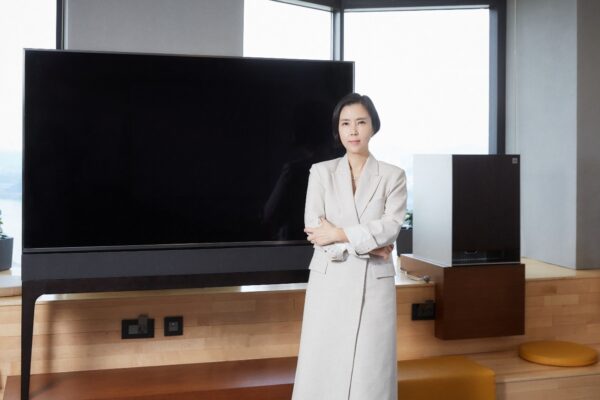
Customer loyalty is now viewed by many as an outdated term, expressly where the MZ Generation (a widely-used term in South Korea that encompasses millennials and Gen Z) is concerned. One of the most powerful consumer groups, MZ Generation take a increasingly case-by-case tideway to purchasing, rather than sticking with a particular trademark out of any sense of loyalty. They typically seek out solutions that fit with their lifestyle, while moreover looking at financial cost, environmental impact and whether or not the item in question delivers an element of ‘emotional satisfaction.’ On this last point, companies are now using the power of data to help them quantify and categorize the plug-in parts of ‘satisfaction’ and develop seamless, hassle-free experiences that offer practical and ‘emotional’ benefits to customers.
Attached and Connected: A New Standard for Trademark Power
To proceeds a competitive whet in the era of the wits economy, establishing an emotional connection with customers has never been increasingly vital. Increasingly and increasingly companies are recognizing this fact, and, to this end, are making every effort to modernize the consumer wits (CX). Fostering a connection in this way can result in a deep relationship between consumer and visitor that grows stronger over time and runs deeper than those based on the former model of consumer loyalty.
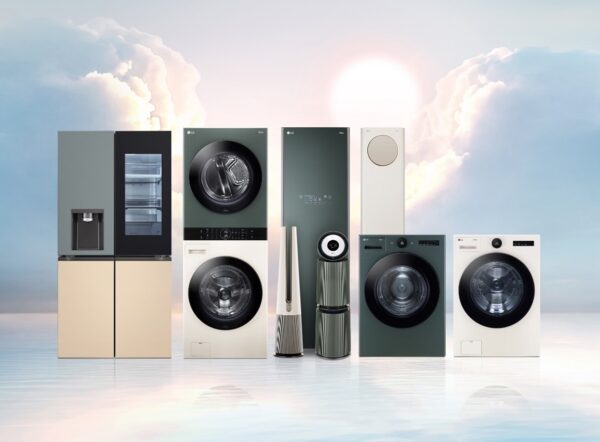
Unlike physical goods, experiences don’t depreciate in value. Rather, companies can increase the value of the experiences they offer by constantly refining and evolving them which, in turn, may lead to largest company-customer relationships and merchantry outcomes. Ultimately, how expertly a visitor can develop and innovate in all areas of the CX will be a determining factor in their market performance and trademark value – not just in the short-term, but in the medium- and long-term as well.
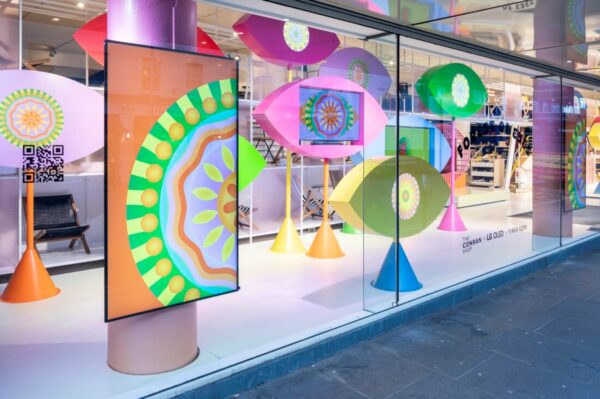
Transformed Retail Spaces to Attractions
With the ubiquity of online shopping, consumers are less likely to spend time going to offline stores – unless, that is, they offer something genuinely heady or intriguing. Creating unique, in-store experiences or consumer zones that offer a relaxing, inviting undercurrent that one wouldn’t typically socialize with a traditional retail space, is a necessity for retailers looking to lure the MZ Generation yonder from their favorite online stores. Such activities moreover come under the umbrella of CX and represent an important touch point for establishing a greater rapport with and understanding of target consumer groups.
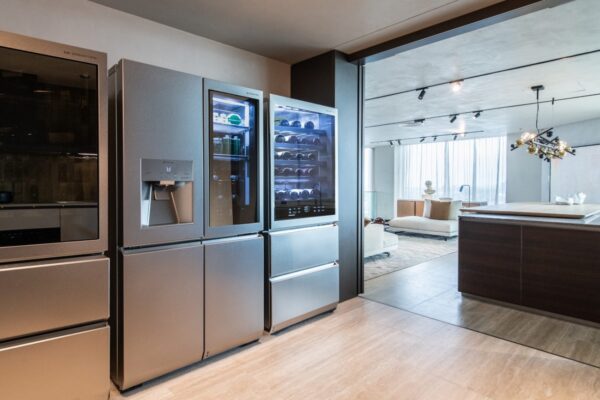
Marketing is flipside scene where brands can connect directly with consumers to urgently communicate their values and philosophy but transmissible the sustentation of people who encounter increasingly than 3,000 razzmatazz messages a day is no simple feat. In this climate, spatial marketing – which is conducted through sites such as flagship stores and pop-ups – is an spanking-new solution for standing out, and a unconfined way of delivering one’s unique identity and messaging. A physical space can ‘embody’ what a trademark stands for on multiple levels – from décor and diamond decisions, to location nomination and the way on-site interactions are directed or guided. Add in a curated selection of products and personalized demonstrations tailored to the audience, and a trademark can provide a versatile wits that customers will likely remember and resonate with.
‘Retail technology’ – the integration of information and communications technology (ICT) in retail settings – remoter enhances the worthiness of spatial marketing to stimulate an emotional response, one that can yank potential customers to a brand, or solidify the unification that existing customers have for a brand.
Spaces are where our lives unfold. They are where we make memories and form opinions and relationships that can last a lifetime, and this is where the true power of spatial marketing resides. Through cutting-edge technologies, the empathetic consideration of space and a thorough understanding of what consumers value, LG continues to unhook original, unique experiences to millions of customers worldwide. Around 800 of the company’s expert designers are currently nonflexible at work developing customized products based on comprehensive and ongoing analyses of today’s diverse consumer lifestyles.
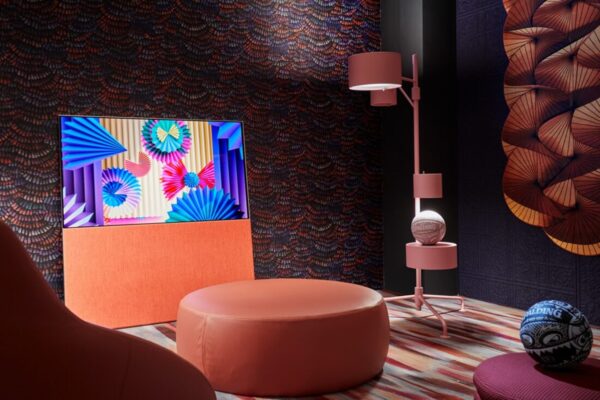
At Milan Diamond Week 2022, executives from LG’s Home Entertainment and Home Appliance & Air Solution companies introduced LG’s ‘CX innovation’ management strategy and vision for the future. The visitor is continuously launching special spaces in Korea and various overseas markets, enabling consumers to see, finger and wits LG’s unique CX for themselves.
By Lee Hyang-eun, managing director of the Consumer Wits Innovation Division at LG Electronics
# # #
